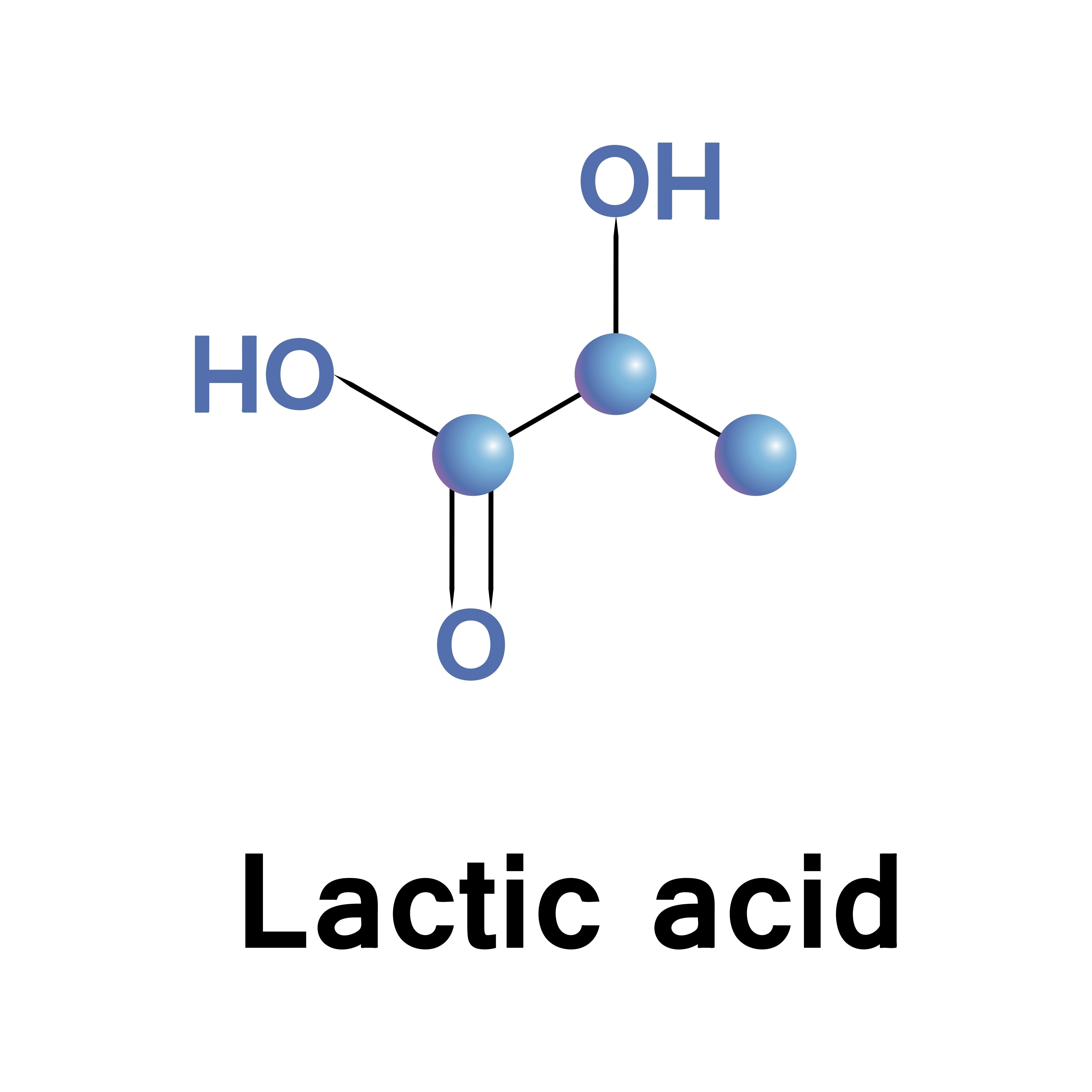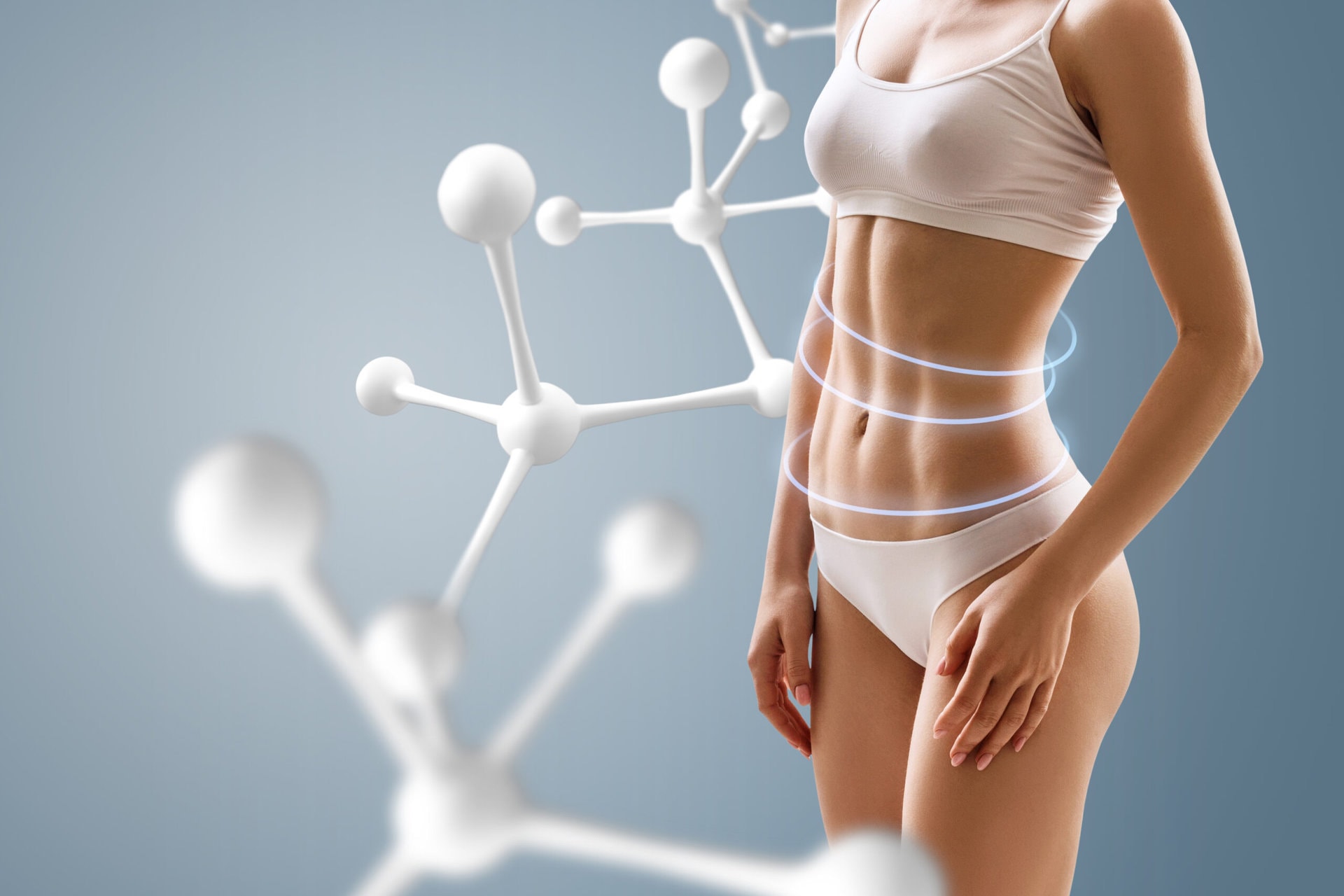Mastering Combat Arts Conditioning: A Deep Dive into Energy Systems
In the rigorous world of Combat Arts, conditioning is more than fitness—it's a key determinant of performance, stamina, and resilience in the ring or octagon. To achieve peak performance in Combat Arts strength and conditioning, a combat athlete must go beyond traditional approaches, to focus on aspects like agility, flexibility, speed, and, most importantly, energy systems that power these physical efforts.
Introduction to Energy Systems in Combat Arts Conditioning
When it comes to conditioning, you can’t maximize benefits without maximizing efficiency. Workouts need to be completed in a strategic order with proper rest and recovery in between. Poor planning and execution can lead to mediocre results. Understanding and training using the appropriate energy systems will help you achieve your desire goals.
Our goal at Fighting Arts Health Lab is to help you avoid these mistakes. You don’t need to become an expert in exercise physiology, but it helps to know the basics. Understanding the fundamentals will help you efficiently structure your workouts.
Why Are Energy Systems Important in Combat Arts?
Energy systems play a pivotal role in determining an aspiring MMA fighter's performance. They're the biochemical pathways that supply muscles with the necessary energy to contract, ensuring your knockout punches, powerful kicks, and sturdy grapples. Understanding and optimizing these energy systems can significantly enhance an athlete's capacity to train harder, move faster, and last longer in the ring.
The Interplay of Energy Systems in Combat Sports
Energy systems don't work in isolation. They interact in complex ways, depending on the intensity and duration of the activity. Striking a balance among these systems ensures optimal performance. In MMA, a sport that involves short bursts of intense effort interspersed with periods of lower-intensity activity, understanding this interplay is crucial.
Exercise is defined as either Aerobic or Anaerobic
AEROBIC | ANAEROBIC |
|---|---|
With Oxygen | Without Oxygen |
Aerobic conditioning is usually lighter exercise with higher reps, like a pummeling drill as a warm up for your BJJ class, or hitting the heavy bag with lower intensity. The muscles have access to oxygen throughout the workout.
Anaerobic conditioning is the opposite. It’s high-intensity and shorter duration. Picture lifting heavy weight at low reps. You’re muscles demand more oxygen than is available. You still use some oxygen, but only a small amount.
A great example of this would be when the clacker sounds, signaling the final 10 seconds of an MMA round, and the fighter reels off fast-paced combinations, or does an explosive take-down to try and cement the round in the judges eyes.
First we’ll take a closer look at the aerobic system: the ‘gas tank’ of a martial artist.
What is the Aerobic Energy System?
Think of the aerobic system as a giant, powerful reserve of almost unlimited energy. As long as there’s oxygen to uptake, there’s fuel for the aerobic system.
The aerobic system utilizes fat, carbohydrates and even protein to synthesize ATP (Adenosine triphosphate - energy). Fat is metabolized during aerobic exercise due to the presence of oxygen.
You can calculate your ideal heart rate for fat-burning by subtracting your age from 180. At this heart rate, you’ll be training with maximum efficiency. The goal is to use mostly fat and oxygen for energy.
Aerobic exercise improves cardiovascular health, endocrine system function, respiratory function, musculoskeletal performance, and speeds recovery times following high-intensity workouts.

Source: MMA Fighting
Picture a fighter like Demetrious ‘Mighty Mouse’ Johnson compared to a big, powerful athlete like Francis Ngannou. Johnson has a superior aerobic foundation, and can fight 5x5 minute rounds no problem.
Ngannou, on the other hand, will often have a dramatic drop-off in performance if the fight goes into deeper rounds (as seen during his failed UFC title bout with Stipe Miocic).
The aerobic system is not thought of as a power-generating system. However, the aerobic system is nonetheless powerful in its application for athletes. With proper training and nutrition, it never runs out of power. The aerobic system has the unique capacity to continually make ATP, the energy currency of cells.
Developing your aerobic engine will allow you to perform well and recover quickly. Whether your goal is competition or merely training in the gym, you want an aerobic system that always has a full tank of gas. Think of a fighter like Frankie Edgar. He comes full-force not matter how long the fight lasts. Edgar’s a great example of a stellar aerobic system in action.
What is the Anaerobic System?
We briefly touched upon the anaerobic energy system earlier. Anaerobic being ‘without oxygen.’ When energy demands are too high for the aerobic system to handle, the body switches to the anaerobic system.
Fast and powerful movements can trigger this change.
For example, going from a slow-paced, tactical battle of the feet to an explosive scramble for dominant position.
The anaerobic (ATP-PC) system also kicks in early in a workout when the energy demands are low to temporarily cover energy cost before the aerobic system has had a chance to oxygenate the muscles.
At this point, the anaerobic system can take a step back until it’s time for more intense and powerful movement. To fully understand anaerobic metabolism, you’re going to need to understand the ATP-PC and Lactic Acid systems.
Understanding the Energy Systems
The ATP-PC System (Phosphagen System)
The ATP-PC (adenosine triphosphate-phosphocreatine) system, also known as the phosphagen system, is the go-to energy system for explosive, short-duration movements, typically under 10 seconds. This system is responsible for your ability to throw that quick, powerful jab or a swift takedown.
ATP (Adenosine triphosphate) is a molecular unit of currency. Simply put, it’s energy. ATP is involved in many processes of the body. When it comes to training, we only care about ATP’s role in energy production and how it provides energy for muscular contractions and respiration.
Main Stages of the Aerobic System
ATP is stored in microscopic contractile parts of muscle cells called myosin cross-bridges. ATP is broken down to create energy and in doing so forms ADP (adenosine diphosphate) and a single phosphate (Pi).
There are three main stages to the aerobic system. Together they create ATP and provide fuel for your engine. The three stages are Aerobic Glycolysis, the Krebs Cycle, and the Electron Transport Chain.
This is the initial phase of aerobic output. Aerobic glycolysis fuels ATP synthesis by creating Pyruvate (glycolysis) from glucose (sugar). The glucose is either found in the bloodstream or converted from glycogen in the liver. Glycogen is the storage form of glucose.
In the absence of glycogen and glucose, fat is utilized instead. Eating a high-fat, low-carb diet encourages the body to transition into fat-burning mode. Arguably, fat is better than glucose for sustaining an aerobic workload.
After all, you can’t store more than 300 to 500 grams of glycogen at any given time. That’s only enough fuel for 90 minutes of aerobic exercise.
After 90 minutes, athletes who are metabolically adjusted to burning glucose need to consume exogenous glucose from sports drinks, gel packs, or food.
Fat is a more sustainable and physiologically appropriate fuel for low intensity aerobic work. Even the leanest athletes have plenty of body fat to mobilize for energy.
The average person has anywhere from 30,000 to 100,000 calories of fat energy available. Compare that to the mere 1,400 to 2,000 calories available through glycogen.
T.J. Dillashaw adopted the ketogenic diet before his title fight KO against rival Cody Garbrandt. The ketogenic diet is a high-fat diet that allows very few carbs and almost no sugar. Dillashaw says that going keto gave him increased energy and allowed him to recover faster from brutal training sessions.
When a fighter is metabolically adjusted to fat and has strong aerobic conditioning, the mitochondria of the cells utilize fat more efficiently. In such a fighter, fat is superior to glucose for aerobic exercise.
Now we come to the third and final phase of the aerobic energy system, the electron transport chain. Here, hydrogen is transported into the membrane of the mitochondria, where it is split into a proton and an electron (H+ and H-, respectively).
These electrons then undergo a series of redox reactions, which release a substantial amount of energy in order to re-synthesize ATP.
The protons (H+) themselves make further energy by moving back and forth through the mitochondria. Finally, hydrogen combines with oxygen in an exothermic reaction to form water, producing even more energy.
The electron transport chain is by far the highest energy producing phase of the aerobic system, as it yields a whopping 34 ATP molecules, as opposed to just two during the earlier stages of aerobic metabolism.
Compare this to the anaerobic glycolytic system, which can only synthesize two ATP from the breakdown of one glucose molecule. The aerobic system, in contrast, can synthesize 38 ATP from one glucose molecule. The aerobic process is slower but has a much larger capacity. This is why energy supplies for low-intensity activity are so large.
Structure Your Workouts Effectively, Become an Expert in Your Own Exercise Physiology!
This is where the “PC” of the ATP-PC system comes into play. PC stands for Phosphocreatine. PC is another high-energy molecule that lies in the sarcoplasm of muscles fibers. Creatine Kinase initiates the breakdown of PC into Phosphate and Creatine.
"Fire in the Hole"
This is an exothermic reaction (heat is released), and thus provides the energy required to re-synthesize ATP at a fast rate, albeit for a short amount of time due to having only 120 grams of stored creatine in the body.
ATP stores run out very quickly, providing only enough energy to sustain efforts for a few seconds. However, the synthesis of PC provides fuel for a further 5-8 seconds. Therefore, the average time that the ATP-PC system can sustain all-out exercise for is 10-15 seconds.
When physical demands continue past this time period the body must rely on other energy systems to create more ATP. The ATP-PC stores take roughly two minutes to replenish. This means that if you workout at high-intensity without enough recovery time, your maximum performance quality will deteriorate.
Pros and Cons of the ATP-PC System
Pros
Cons
The Oxidative System (Aerobic System): Endurance Fuel for budding MMA Fighters
The oxidative or aerobic system is your endurance powerhouse. It uses oxygen to produce ATP and is capable of supplying energy for prolonged periods of lower-intensity activity. It's the system that keeps you going round after round in a grueling workout or MMA bout.
The oxidative system uses oxygen to break down carbs, fats, and proteins to produce ATP. It’s a slower process but provides a steady, sustained supply of energy, making it essential for endurance.
Consider Your Body's Aerobic Gas Tank. Just How Full Can it Get?
In MMA, the oxidative system underpins your stamina. It keeps you moving, defending, and responding throughout the entire bout, enabling you to maintain a solid pace and recover between high-intensity bursts of activity.
Longer duration, lower intensity training activities like distance running, cycling, or swimming help enhance the oxidative system. It's also beneficial to incorporate active recovery periods into your training to increase aerobic capacity and improve recovery times.
What is the Lactic Acid System?
The Lactic Acid system is another anaerobic pathway designed to manufacture ATP. The lactic acid system does this by a process known as anaerobic glycolysis - breaking down glucose and Pyruvate to form ATP.
The Lactic Acid system generates a lot of power, but not as much as the ATP-PC system. However, the Lactic Acid system can perform much longer than the ATP-PC system, making it the predominant energy system for a large array of athletic activities.
This system usually kicks in just as the ATP and PC stores are running low during ATP-PC metabolism, allowing the athlete to continue to perform at a high output without a noticeable drop-off in performance.
This system is not relied upon for immediate and powerful bursts of energy, as the process in which it produces ATP is much more complicated than that of the ATP-PC system.
A perfect MMA example of this system being used effectively is the fighter Khabib Nurmagomedov. Nurmagomedov uses a fast pace and heavy pressure to grind opponents down. He applies just enough pressure to break the opponents down but not so much that he wears himself out. Khabib has an excellent ability to sustain a high-intensity output.
If he were to push the pace too much, he would deplete his ATP-PC stores too quickly and see a performance drop-off. However, he manages his outfit perfectly, grinding and resting just enough to keep his opponents fatigued while keeping himself firing on all cylinders. Khabib is the master of the Lactic Acid system.
In anaerobic glycolysis, glucose is turned into Pyruvate as it produces ATP. Glucose is either found in the blood or is converted from glycogen in the liver if no blood glucose is available.
Can the Lactic Acid System Last Longer Than the ATP-PC System?
The energy provided from the Lactic Acid system can last anywhere from 30 seconds to three minutes depending on the intensity of the exertion and the training adaptation of the individual. The main byproducts of the Lactic Acid system are Pyruvate and Hydrogen ions. The muscles become increasingly acidic as more hydrogen ions are created.

The limiting factor here is that this system is anaerobic, so there isn’t enough oxygen to break down Pyruvate and synthesize more ATP. This build-up of acidity in the muscle and insufficient oxygen is what contributes to the muscle burn often (but wrongly) attributed to lactic acid.
Only Cows Produce Lactic Acid
So the idea that lactic acid accumulation causes muscular fatigue is misguided. The confusion comes because during the process of producing lactate, there is a very brief, unmeasurable step where lactic acid exists. However, lactate and lactic acid are often used interchangeably despite being two very different things.
Lactate actually acts as a buffering system to reduce the acidity in muscle cells.
It helps performance as opposed to hindering it. Glycolysis causes Hydrogen ions to accumulate rapidly.
Without oxygen present these can’t be removed and thus the muscle becomes increasingly acidic. This is the burn that you feel so deeply during intense exercise.
The acidity build-up is the result of accumulation of Hydrogen ions that cannot be cleared before the muscle becomes overly acidic. Lactate is formed when one Pyruvate molecule attaches to two Hydrogen ions.
The goal of lactate at this point is to protect the cell from becoming too acidic. However, when energy demands are too high for too long and oxygen is insufficient, you fail to remove enough lactate to curb acidosis. We often see this play out in MMA competitions when a fighter goes too hard too fast and burns themself out.
Designing an MMA Conditioning Program Targeting All Energy Systems
The ATP-PC, glycolytic, and oxidative systems don't work in isolation. They dynamically cooperate during a MMA bout, with the predominant system shifting depending on the intensity and duration of the activity. Understanding this interplay is critical for an efficient MMA conditioning program.
Principles of Program Design for MMA Conditioning
Effective MMA conditioning targets all three energy systems, balancing high-intensity, explosive exercises with endurance training. Rest periods, nutrition, and hydration are vital factors too. Each workout should aim at enhancing power, stamina, and recovery while minimizing the risk of overtraining. To learn more about Program Design, read our article on Cardiovascular Conditioning.

MMA conditioning focused on energy systems not only boosts your strength, speed, and endurance, but also enhances your recovery rate. With the right training, you can throw faster punches, grapple longer, and maintain peak performance from the first bell to the last.
Sample MMA Conditioning Program Emphasizing Energy Systems
A comprehensive MMA conditioning program could start with ATP-PC training like explosive weightlifting or plyometrics ("11 Way to Improve Combat Arts Performance Using Plyometrics").
This could be followed by glycolytic training such as high-intensity bag work or grappling drills, ("Grappling Endurance that Grinds Opponents into Submission"). Finally, the session could end with a low-intensity, long-duration activity like running or swimming to stimulate the oxidative system.
Finally, Consider this about Energy Systems
In any complex and demanding sport, such as martial arts, you’re going to have a massive amount of interplay between these energy systems. Martial arts is dynamic.
The landscape of a match, training session, or live-sparring can change in an instant. You need to have the metabolic flexibility to answer to these changing demands if you want to perform at your best.
In contrast to a linear sport (think 100-meter sprint), you must adapt your training to meet diverse energy demands. You can’t just train with powerful, ATP-PC-dominant movements or else you’ll tire too quickly. Conversely, you can’t train purely with low-intensity aerobic workouts or else you’ll be unprepared for explosive movements. It’s important to develop a well-rounded machine.

If you’re a powerful athlete but struggle with cardio conditioning, it may be time to focus a little more on bolstering your aerobic ‘gas tank’ or raising your lactate threshold (you can learn more about this in our Strength Training section).
Taking a more well-rounded approach to your energy system development will not only benefit your health and longevity, but it will also increase your performance and efficiency on the mat.

Frequently Asked Questions
What Energy System Does MMA use?
MMA primarily uses all three energy systems: the aerobic system for overall stamina, the anaerobic lactic system for high-intensity bursts lasting a few minutes, and the anaerobic alactic system for the most intense but short-lived bursts of effort.
How Do You Get Energy For MMA?
Energy for MMA is acquired through balanced nutrition and efficient training of all three energy systems. Consuming carbohydrates, proteins, and fats provides the necessary fuel, while diverse and targeted training helps condition the aerobic and both anaerobic systems to meet the varied energy demands of MMA.
What are the 4 Main Energy Systems?
The human body actually operates using three main energy systems: the aerobic system, which uses oxygen to create energy; the anaerobic lactic system, which generates energy without oxygen but produces lactic acid; and the anaerobic alactic system, also oxygen-free, used for the shortest and most intense efforts.
